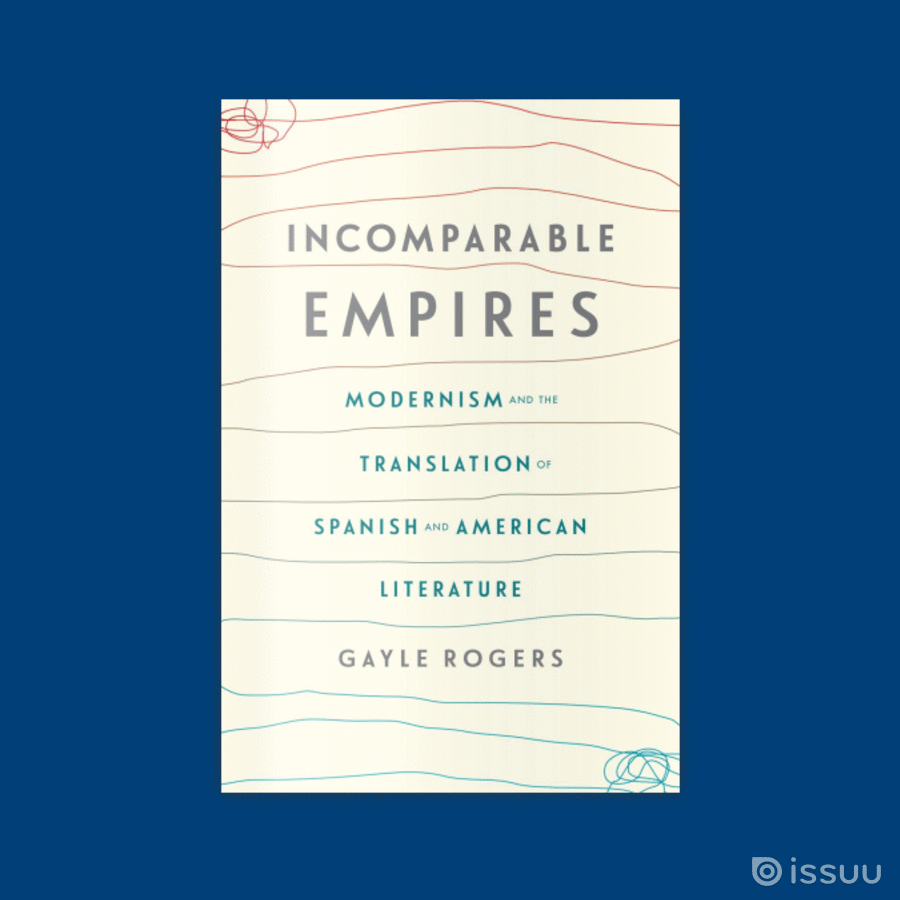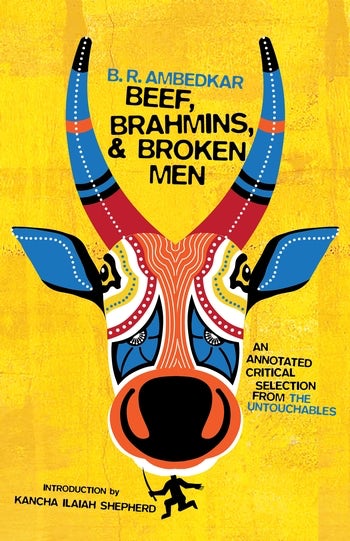Putting Harlem in its Place
By Andrew M. Fearnley and Daniel Matlin

“Harlem: race capital, center of black culture, seat of black militancy—or dreamscape? These rigorous, innovative, and bold essays by contemporary scholars confront the myriad ways Harlem signifies and offer fresh, new ways of understanding the aesthetic, cultural, and historical meanings of that iconic place.”
~Mary Helen Washington, author of The Other Blacklist: The African American Literary and Cultural Left of the 1950s
It’s Harlem Week 2020! To celebrate, Andrew M. Fearnley and Daniel Matlin have written a guest post discussing the neighborhood, and their treatment of it in their new co-edited collection, Race Capital?: Harlem as Setting and Symbol. The work inspects more than a century of the area’s history, culture, and imagery, exploring the motives behind and ways in which Harlem has been claimed as distinctive, while seeking to model new ways of writing about this place. Read on to learn more.
• • • • • •
Harlem Week will have a special poignancy this year, and perhaps a tinge of the surreal. In place of the teeming street parades and performances that have marked the annual festival since its beginning in 1974, organizers have announced “a virtual event sharing the culture, history, resilience and strength of Harlem.” Given how powerfully that history has been rooted in, and routed through, the neighborhood’s streets—the march up Fifth Avenue by the returning African American soldiers of the 369th Infantry Regiment at the dawn of the Harlem Renaissance in 1919, the on-the-ground organizing of Amy Ashwood Garvey and Ella Baker, the streetcorner oratory of Malcolm X, and the curbside concerts that launched Jazzmobile in the 1960s—Harlem Week’s relocation into the ether seems acutely disorienting.
The streets of Harlem pulse with histories of oppression, as well as affirmation and struggle. At the Rally to End Modern Day Lynching on May 30, 2020, chants of “Black Lives Matter” and “no justice, no peace” echoed along the same streets and avenues that witnessed Harlem’s uprisings of 1935, 1943, and 1964, each sparked by incidents of police brutality that ignited wider resistance to systemic white supremacy. Those recurrent eruptions changed the meaning of “race riot” in the American lexicon: where previously the phrase had referred to rampaging white mobs that murdered Black Americans, following the Harlem uprisings, “race riot” connoted the fury directed against institutions and symbols of white supremacy within Black urban neighborhoods. This is perhaps one of the more ironic ways in which Harlem can lay claim to its historical status as the “capital of Black America.” These uprisings were intricately connected to the broader fabric of this community’s rich political and cultural history, which includes the NAACP, the UNIA, and the Communist Party, as well as the Cotton Club, bebop, and the Black Arts Movement.
“The streets of Harlem pulse with histories of oppression, as well as affirmation and struggle.”
When we began to consider possible cover images for our coedited book, Race Capital? Harlem as Setting and Symbol, we searched for something that would capture the dissonance of Harlem’s history. Harlem has been fabled as a place of Black accomplishment, assertion, and creativity, and it has been lamented as a site of social and economic disintegration, exploitation, and neglect. Dawoud Bey’s photograph Three Women at the Parade from his Harlem, U.S.A. series of 1977-78 answered that call the moment we encountered it.
In her fur coat and finery, the central figure signals back to one of the most celebrated photographs of the Harlem Renaissance. This photograph by James Van Der Zee, in which a racoon-coated couple pose nonchalantly along with their luxurious automobile and an elegant row of brownstones, encapsulates the utopian visions of Black fulfilment in Harlem that had emerged since its rapid settlement by African Americans at the turn of the century. In Bey’s more recent image, however, the three women’s bearings and expressions convey weariness mixed with fortitude. The central figure’s hand is draped casually over the barrier marked “POLICE LINE,” suggesting that containment and circumscription have become routine—though not accepted—realities of daily life. This complex dynamic, between affirmation and oppression, is a core strand of our collection, which aims to offer fresh perspectives on Harlem’s significance within African American and Black diasporic history and culture.
Through the subtlety with which they captured “people living their lives,” Bey’s photographs broke with a long tradition of imagery that amplified Harlem’s glamor, or sensationalized its squalor. In Race Capital? we also wished to step outside the well-rehearsed formulas that have influenced much scholarship and popular commentary, formulas that have so often made casual claims about Harlem’s preeminence, assuming more than evidencing its status as a “capital,” “Mecca,” or “archetypal” expression of some facet of Black life. Collectively, the essays offer a sustained examination of this tradition of “Harlem exceptionalism,” and also consider the interplay between the shifting discourses about Harlem and the neighborhood’s actual material conditions. Contributors take differing positions regarding the veracity of claims about Harlem’s preeminence and “capital” status, but all rethink how we can capture the distinctiveness of the neighborhood’s “setting,” recognizing the specificity of this place, while remaining attentive to its entanglement within the wider Black world. To give just one example: the renowned foods and culinary fare long associated with the community, which Harlem Week rightly celebrates, were, as Winston James points out, the product of generations of migration and exchange across an interconnected diaspora.
“Harlem has been fabled as a place of Black accomplishment, assertion, and creativity, and it has been lamented as a site of social and economic disintegration, exploitation, and neglect.”
In foregrounding the place of three Black women in this community, Bey’s photograph also speaks to our aim of contributing to the ongoing work of recovering the role of ordinary people, particularly women, in building and fortifying Harlem’s social structures, politics, and culture. Minkah Makalani’s chapter, for example, brings into view the role of women in establishing, and especially in running, the dense networks of parlors, debate societies, and educational forums that undergirded Harlem’s interwar political and intellectual life. Building such institutions, he argues, needs to be seen not only as organizational labor, but as intellectual labor too. It was these women’s encounters with New York’s racialized labor system, and their exploitation in the city’s segregated housing market, that fed a distinct Black radical feminist politics.
Makalani thus establishes a frame through which we might also contemplate Black women’s more recent role in building and texturing Harlem’s politics—encompassing, for example, Nellie Hester Bailey’s work in setting up the Harlem Tenants Council and shaping anti-gentrification organizing at the turn of the twenty-first century, as well as, in recent weeks, the “fierce team of female led organizations” that produced Harlem’s Black Lives Matter street mural on Adam Clayton Powell, Jr, Boulevard and which mobilized opposition to police harassment. Other contributors to Race Capital? also call attention to less well-known figures who shaped the neighborhood, such as Jean Blackwell Hutson, tireless steward of the New York Public Library’s Schomburg collection between 1948 and 1980; activist Anna Arnold Hedgeman, who helped to organize the 1963 March on Washington; and Eunice Roberta Hunton, whose searing 1925 depiction of the “invisible lines and bars” that ringed Harlem sealed her omission from the pantheon of Harlem’s (male) myth-makers.
“Our collection also brings new perspectives to familiar aspects of Harlem’s history.”
Our collection also brings new perspectives to familiar aspects of Harlem’s history. The essay by literary scholar Cheryl Wall—who died earlier this year, and whose groundbreaking study Women of the Harlem Renaissance (1995) did so much to invigorate research on Black women writers—is an insightful examination of several of the key literary figures of the Harlem Renaissance, including Wallace Thurman, Rudolph Fisher, and Zora Neale Hurston. Wall shows the inspiration that each of these figures took from Harlem’s occasionally combustible vernacular culture. In their different ways, these writers conceived of the neighborhood as a singular entity—though not because they imagined it, as the philosopher Alain Locke and others had famously done, as a community apart, but because they saw Harlem as a place that brought together many disparate elements of Black urban life and diasporic cultures. Their stories, like the cartoons and gossip columns discussed in Clare Corbould’s chapter, turned “Harlem” into a universal symbol of Black life—widely circulated and known, if frequently abstracted from the community’s everyday realities.
Common to all thirteen essays in Race Capital? is our wish to offer a fresh and “close looking at a place,” much like Bey aimed to do with his photographs. The “deeper meaning” of the Harlem, U.S.A. series, Bey recently mused, was to convey “the place that was and the place that it is”—and so Race Capital? seeks to sharpen understandings of the interplay between the lives lived and work done in this neighborhood and the wider set of claims that have been made about it. As Harlem Week happens online for the first time in its forty-seven-year history—turning our neighborhood strolling into digital scrolling, our interactions with this community mediated by web browsers—it seems an apt moment to revisit the persistent relationship between the actualities of Harlem as a “setting” of Black modernity, and the neighborhood’s pervasive embrace as a marker, or “symbol,” of Black life.





